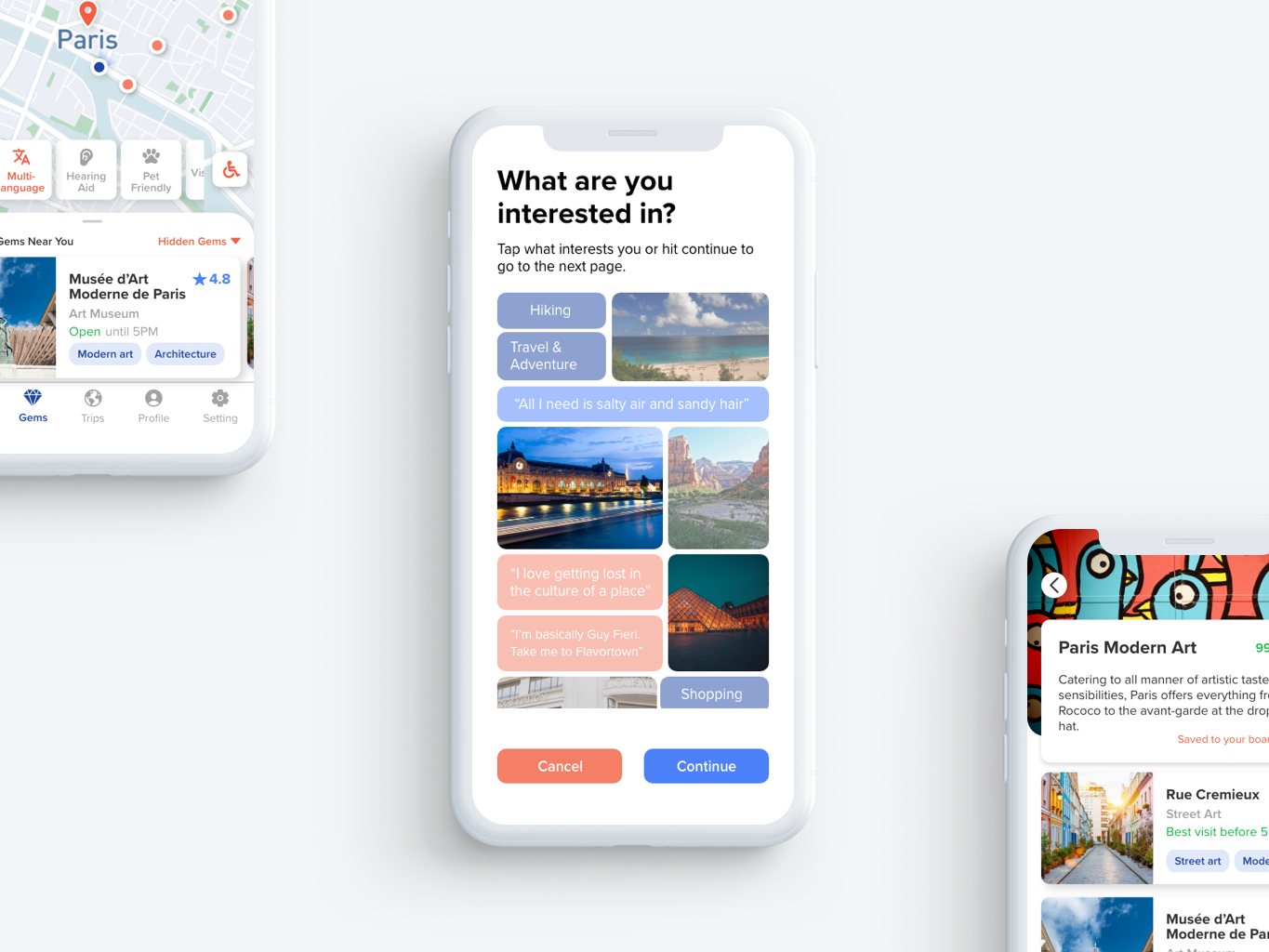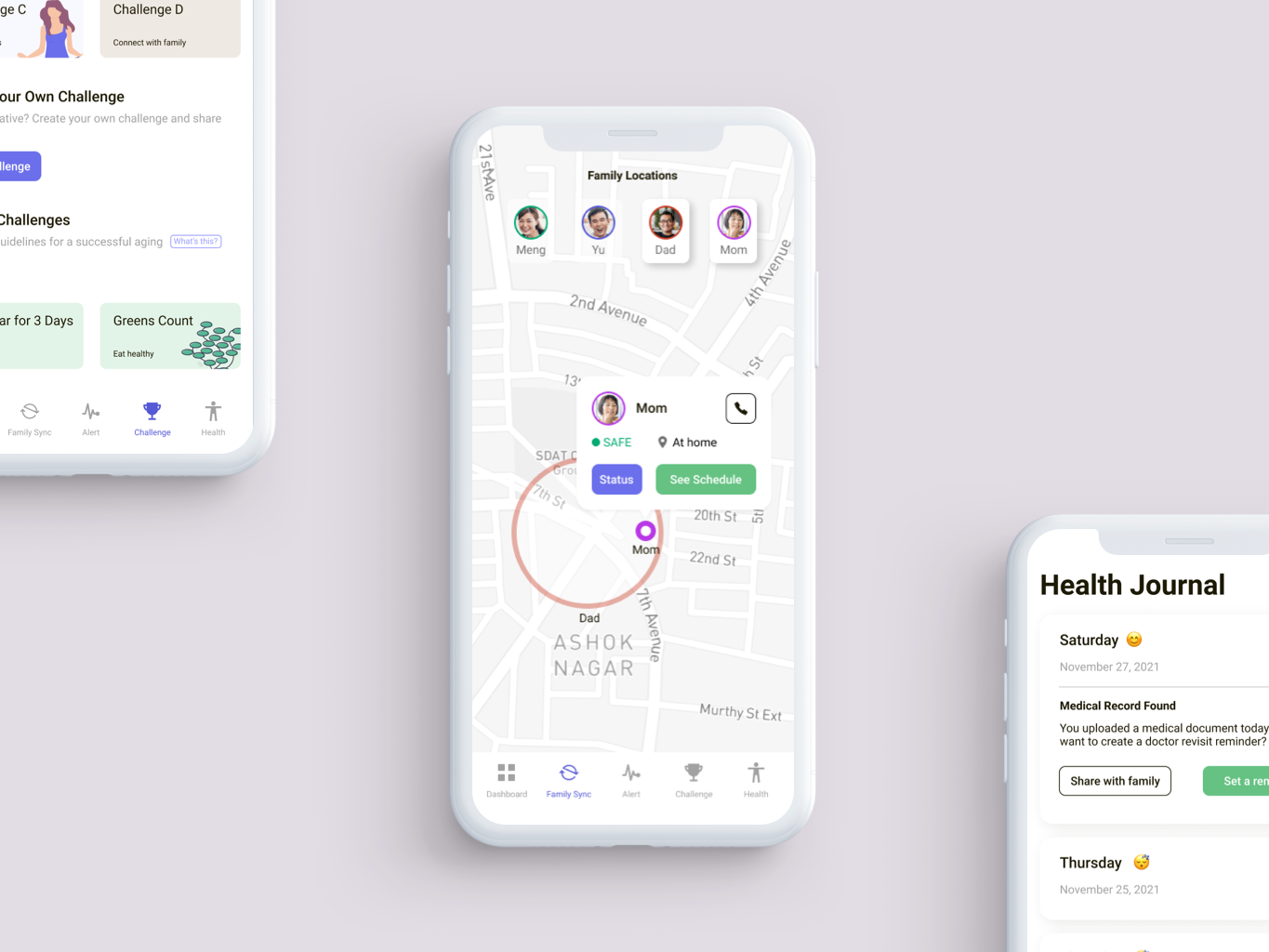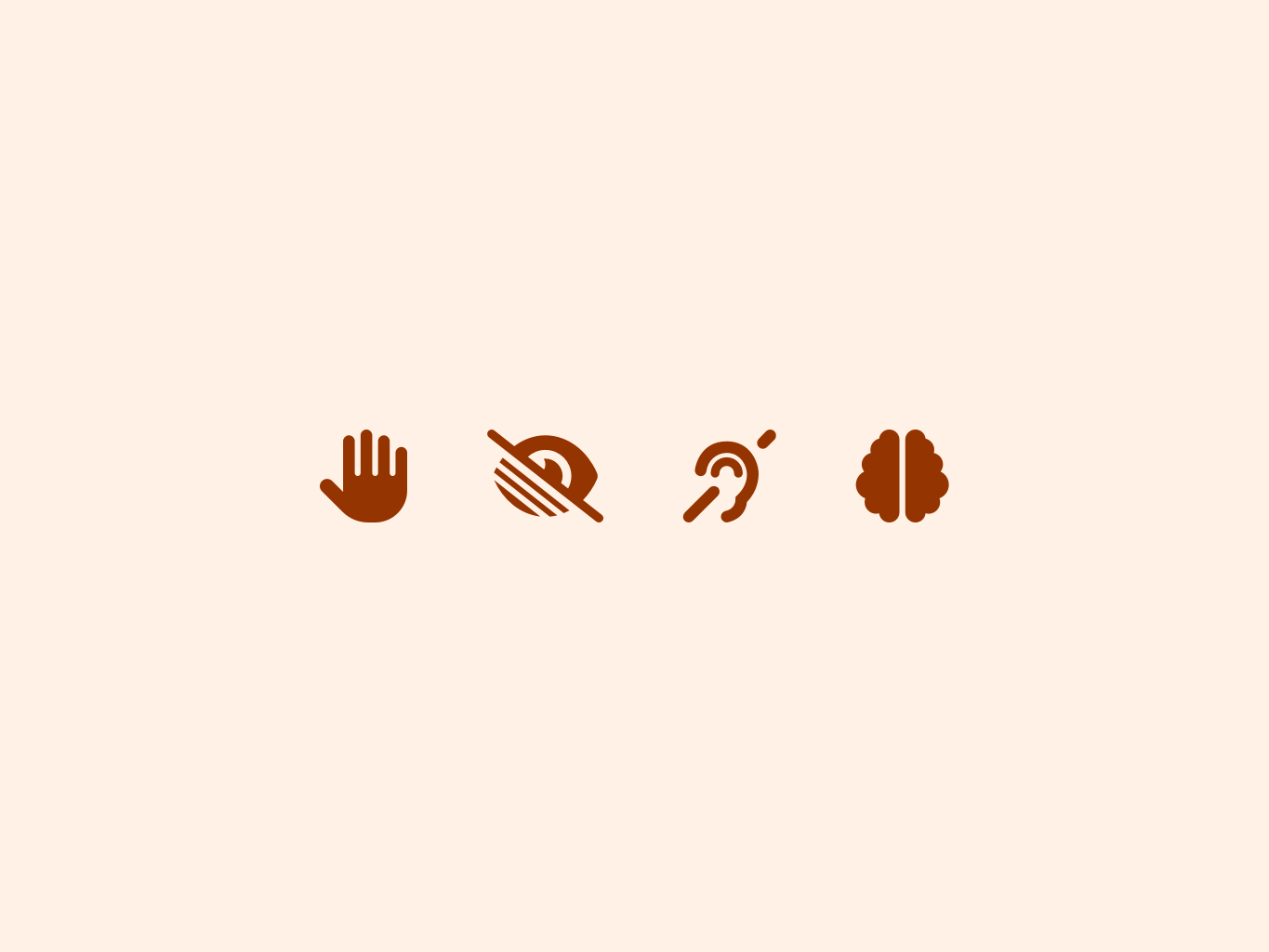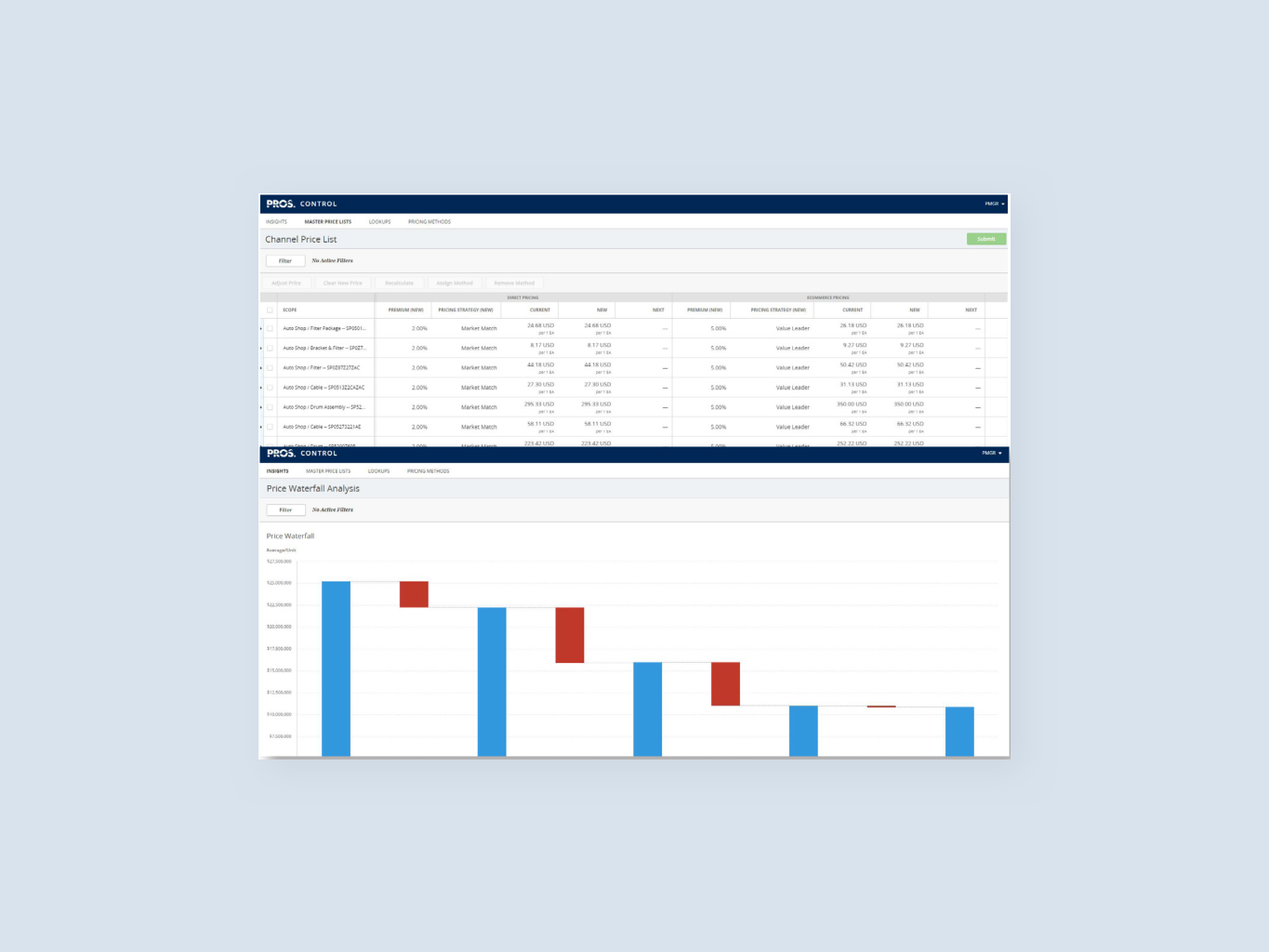Challenge
Collaborate with Sam’s Club to uncover the pain points during their exit process and propose innovative strategies and solutions to reimagine the experience
Highlights
• Collaborated in a broader scale: A team of 22 student led by two UNT professors worked together on user research and new concepts
• Worked with industry client: Worked with Sam’s Club’s innovation and UX team; used client supplied personas; ran research workshops with client
Deliverables (My contributions)
Role
Researcher and designer
Project Background
If you ever shopped in a wholesale store, you're probably familiar with experience when you exit the store: you stand in a line to wait for the store staff to check everyone’s receipts and make sure what in the cart match the listed items on your receipt. As a customer, exiting with no wait is the best experience, and being stopped by the store staff because you accidentally miss scanning one item could be an embarrassing experience.
As a wholesale store, Sam’s Club is facing more pain and loss than what their customers may have already experienced. Our class collaborated with Sam’s Club to clarify the pain points and opportunities during the entire experience, focusing on two main processes: Scan & Go (scan items and checkout on customer’s phone while shopping in store) and self-checkout.
Process
⭐ are parts where I actively contributed/worked on
01 Frame the Opportunity
1 experience for 3 stakeholders: shoppers, store associates and Sam's
In our discovery meeting with Sam’s Club, our main objectives of this project became clear:
• Help shopper have a quick, pleasant checkout and exit experience
• Help exit associate minimize the frictions when providing customer service
• Help Sam’s Club reduce shrinkage* in store at scale, during checkout and exit processes
*Shrinkage is the loss of inventory that can be due to the factors such as item damage, cashier error, shoplifting, internal theft, etc.
02 Understand Users & Service
Mapping the entire service journey
Our class acted as a big research team brainstormed what research was needed to reveal helpful insights. The class split into 5 research teams worked on:
• Renewed and validated customer personas to reveal key design drivers
• Stakeholder map to identify key stakeholders and how they should collaborate
• Interview with store stakeholders to understand their journeys
• Site visits and empathy immersion activities produced photo journals to empathize with stakeholders
• Service blueprint mapped each touchpoint along the entire journey and systematically presented all pain points for each stakeholder at each stage
Persona validation, stakeholder map and photo journals
I was on service blueprint team. Because from shop to exit, there are many touch points among customers, club associates, club managers, supporting technology interfaces and corporate, mapping out the roles and interactions of all stages served as a critical foundation for brainstorming new concepts. And here’s how:
• It allowed all the pain points discovered by all research teams to be properly positioned so we know where, when and how these pain points happened
• The different communication channels and perspectives showed on each touchpoint inspired us to strategize from different angles with different stakeholders in mind
• The different communication channels and perspectives showed on each touchpoint inspired us to strategize from different angles with different stakeholders in mind
03 Explore Ideas
Examine pain points from 3 perspectives: Experience, Process and Tech
Later, as a co-facilitator, our team ran a workshop with our client to validate identified pain points and prioritize opportunities for ideation. All the research effort made by the whole class were summarized into these insights of two processes:
04 Define New Concept
From restocking to a smart store
From this point, we broke into smaller teams to ideate new concepts. My four other teammates and I voted on 3 top pain points we wanted to work on.
We brainstormed 30 big ideas from 5 different perspectives, managed to create 7 user need statements from both customer and associate perspective, then sketched 20 storyboards as a team, categorized in 12 unique solutions. See ideation process🔗
Final storyboards & strategies
Our ideation eventually evolved into 3 new concepts that built on top of the previous one and can be implemented in short, mid and long term.



